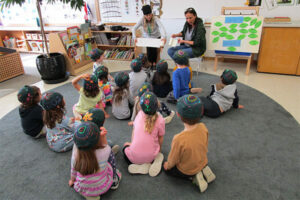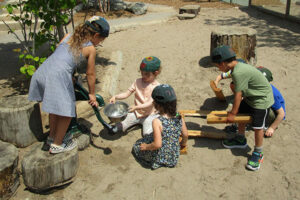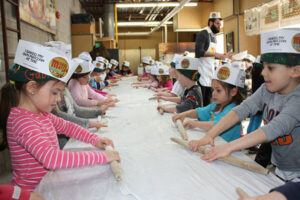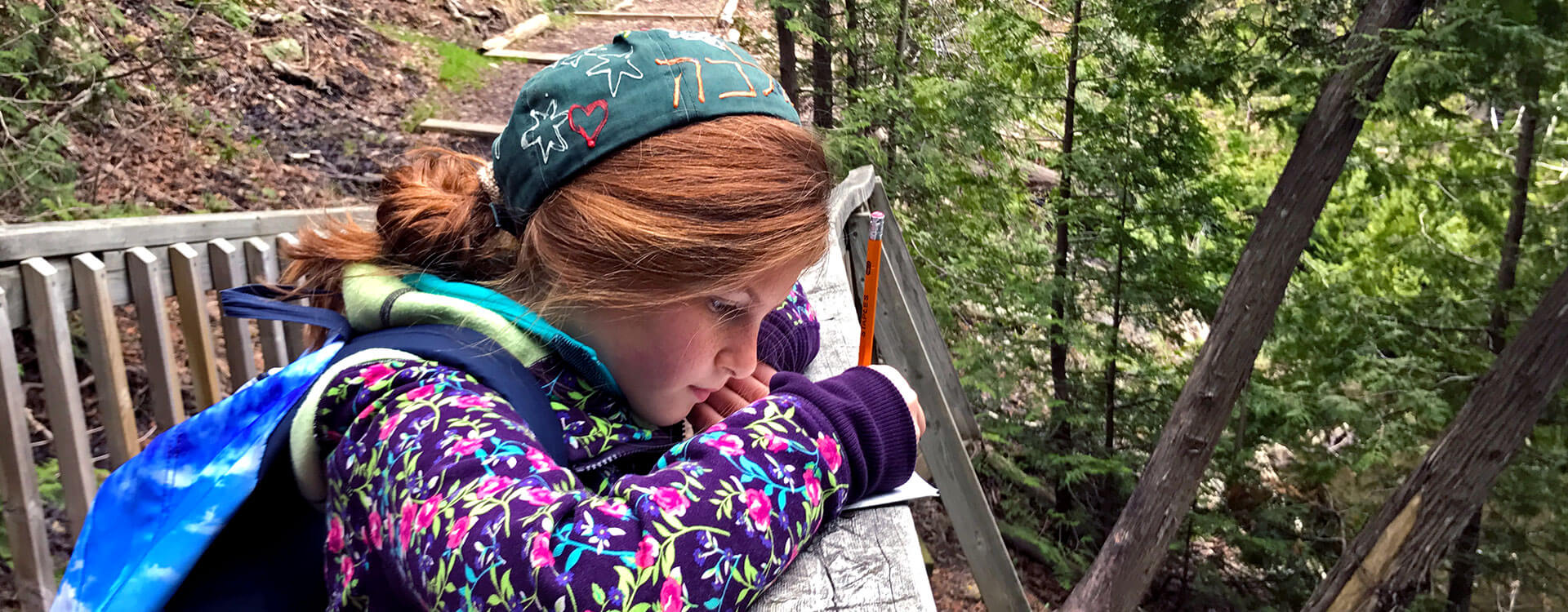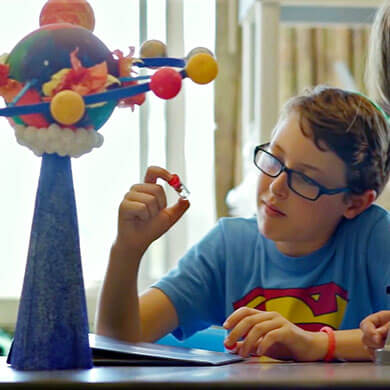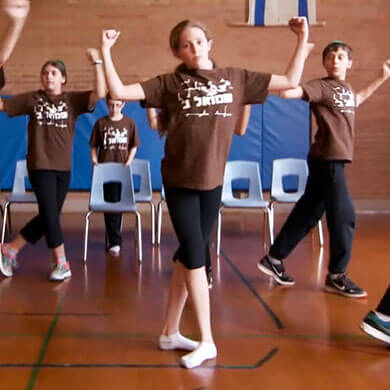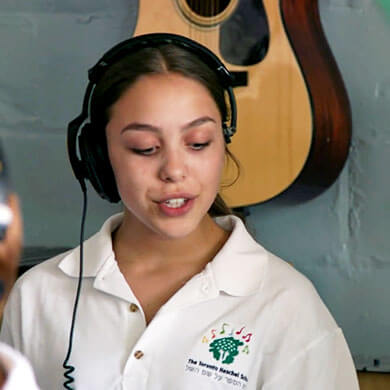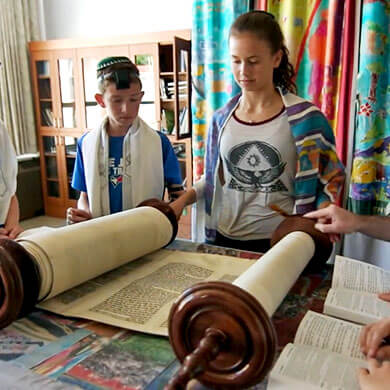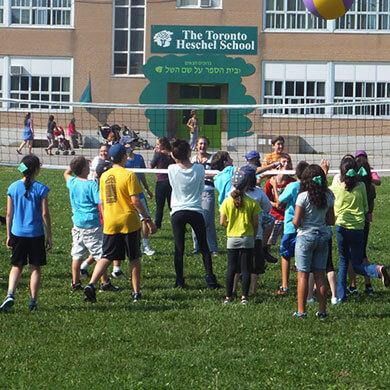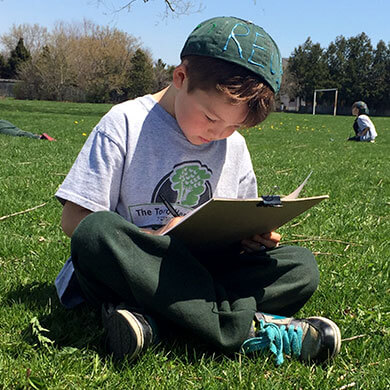- How We Teach

- First Column
- Second Column
- Third Column
- Case Studies

- First Column
- Second Column
- Culture & Community

- First Column
- Second Column
- News & Views

- Admissions

- First Column
- Second Column
- Support Us

- About

- First Column
- Second Column
- Parent Hub
- Attend an Open House
- Take a Tour
- Donate Now
- Calendar
- Blog
- 416-635-1876
- Search
 How We TeachTeaching in the Disciplines
How We TeachTeaching in the DisciplinesWhen you teach a child...
...כאשר מלמדים ילד
...to understand, you teach them that the world is full of awe and wonder.
מלמדים אותם שהעולם מלא פליאה ,להבין...
כשמלמדים ילדים


Ways of Thinking
Each of the traditional “subjects” or disciplines is really a “way of thinking”. Rather than teaching the students to memorize statistics and content, we teach them how to think in the different disciplines. By learning how to think in the different disciplines, we develop a stronger sense of awe and wonder, and ultimately learn to appreciate more of what the world has to offer. When we practice scientific thinking, we practice generating hypotheses, designing experiments, analysing and revising our ideas and making new discoveries.
When we practice scientific thinking, we practice generating hypotheses, designing experiments, analysing and revising our ideas and making new discoveries. When we practice mathematical thinking, we practice representing ideas and situations with symbols, solving problems efficiently, and understanding how interrelated systems work.
When we practice mathematical thinking, we practice representing ideas and situations with symbols, solving problems efficiently, and understanding how interrelated systems work. When we practice linguistic thinking, we practice clarifying and communicating our thoughts, ideas and feelings, and generating meaning by making analogies and interpreting metaphors.
When we practice linguistic thinking, we practice clarifying and communicating our thoughts, ideas and feelings, and generating meaning by making analogies and interpreting metaphors. When we practice artistic thinking, we practice observing closely, imagining possibilities, and taking creative risks.
When we practice artistic thinking, we practice observing closely, imagining possibilities, and taking creative risks. When we practice Torah and Jewish thinking, we practice finding contemporary relevance in the wisdom of ancient texts, being part of an inter-generational community of learners, seeing ideas from different points of view, thinking in more than one language, and Derekh Eretz.
When we practice Torah and Jewish thinking, we practice finding contemporary relevance in the wisdom of ancient texts, being part of an inter-generational community of learners, seeing ideas from different points of view, thinking in more than one language, and Derekh Eretz. When we practice collaborative thinking, we we practice working as a team
When we practice collaborative thinking, we we practice working as a team Human Beings are born with the capacity and the inclination to think. Nobody has to “teach us how to think” just as no one teaches us how to move or walk. Moving with precision and style, however, takes much time and coaching. A superb ballerina, tai chi master, or gymnast needs years of practice, concentration, reflection, and guidance to perform intricate manoeuvres. As with athletics, students need practice, reflection, and coaching to think well.— Arthur Costa
Human Beings are born with the capacity and the inclination to think. Nobody has to “teach us how to think” just as no one teaches us how to move or walk. Moving with precision and style, however, takes much time and coaching. A superb ballerina, tai chi master, or gymnast needs years of practice, concentration, reflection, and guidance to perform intricate manoeuvres. As with athletics, students need practice, reflection, and coaching to think well.— Arthur CostaHow We Teach

